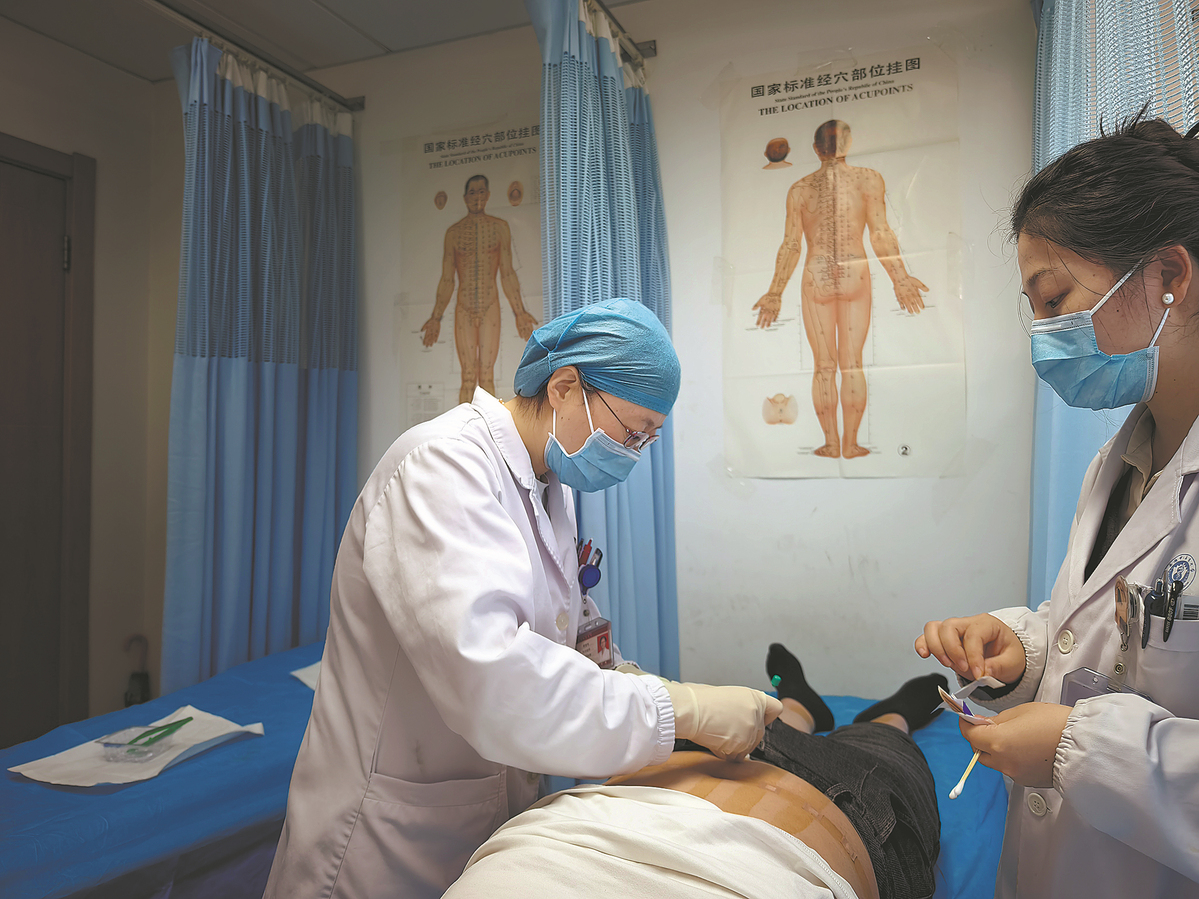With child weight gain on the rise, hospitals innovate
Doctors prioritize diet and exercise and mental health


Rising obesity rate
According to the Report on Nutrition and Chronic Diseases of Chinese Residents (2020), the overweight and obesity rates among Chinese adults in 2018 were 34.3 percent and 16.4 percent, respectively — showing a steep advancement from the 2002 numbers of 22.8 percent and 7.1 percent.
For children and adolescents aged 6 to 17, the overweight and obesity rates were reported at 11.1 percent and 7.9 percent, respectively, also indicating a continuous upward trend.
In 2022, Wuhan Children's Hospital opened a specialized clinic for childhood obesity.
Between January 2022 and March 2025, around 16,700 patients sought treatment for obesity, with approximately 6,000 visits occurring in 2024 alone.
Studies predict that if the trend of rising obesity rates is not effectively addressed, by 2030, the prevalence of being overweight and obese among Chinese adults and children will reach 70.5 percent and 31.8 percent, respectively.
The World Health Organization defines obesity as an abnormal or excessive accumulation of fat that negatively impacts health, which is typically assessed using Body Mass Index, or BMI.
In the adult population in China, the BMI categories are as follows: a BMI from 24 to below 28 is classified as overweight, and a BMI of 28 or above is classified as obese. For minors, the criteria for obesity vary based on age.
The effects of obesity on children and adolescents extend beyond physical appearance.
Yang Li, director of the department of endocrinology, genetics and metabolism at Jiangxi Children's Hospital, said that most children who visit the obesity clinic have health issues related to their weight.
Common clinical symptoms associated with obesity include fatty liver, early puberty, menstrual disorders, high blood pressure, sleep apnea and emotional issues.
Obesity can negatively impact the endocrine, cardiovascular, respiratory and digestive systems, which can, in turn, affect children's physical activity levels and bone development.
"Youth obesity is also a risk factor for multiple chronic diseases in adulthood," Yang said.
























